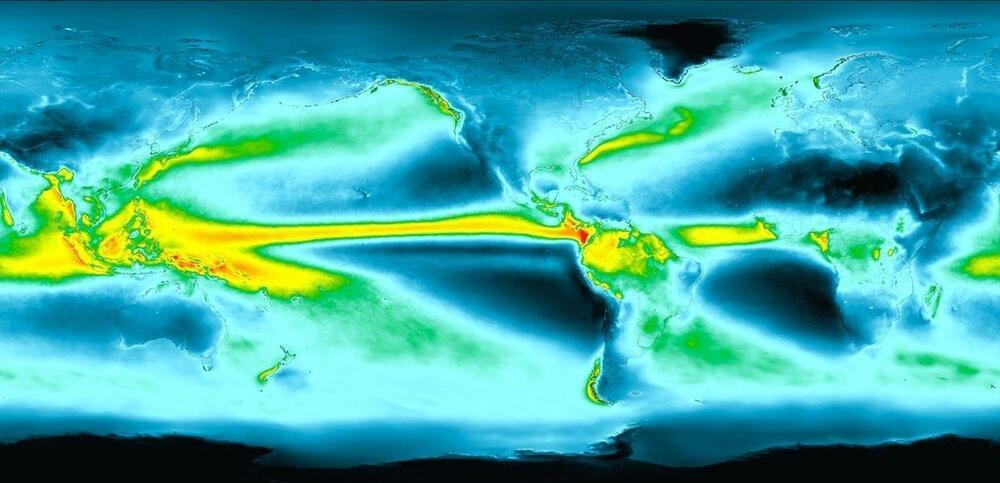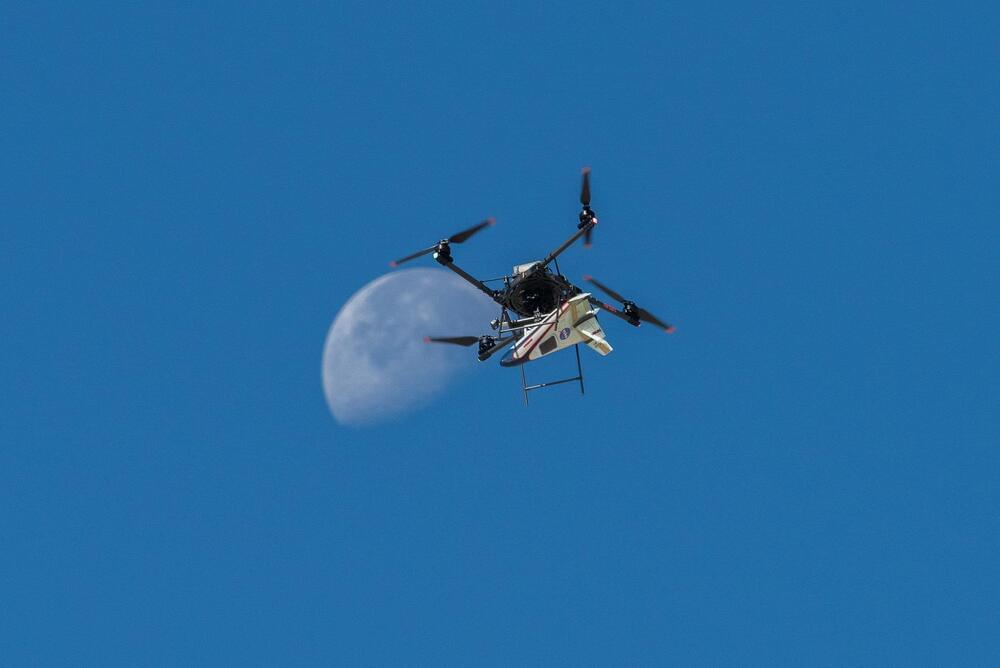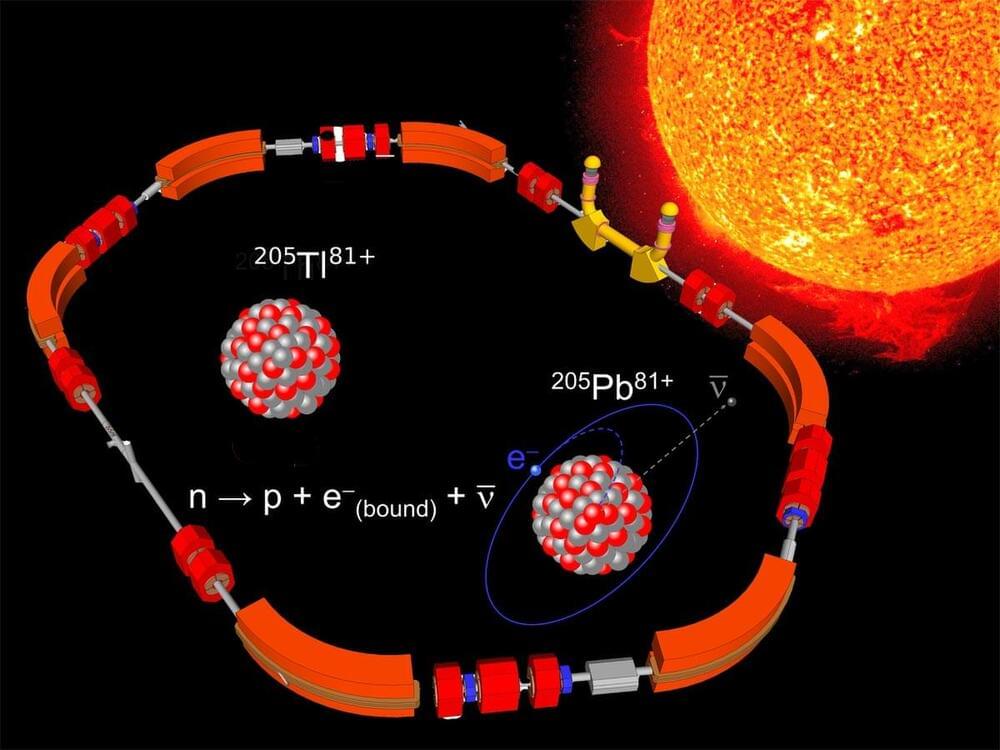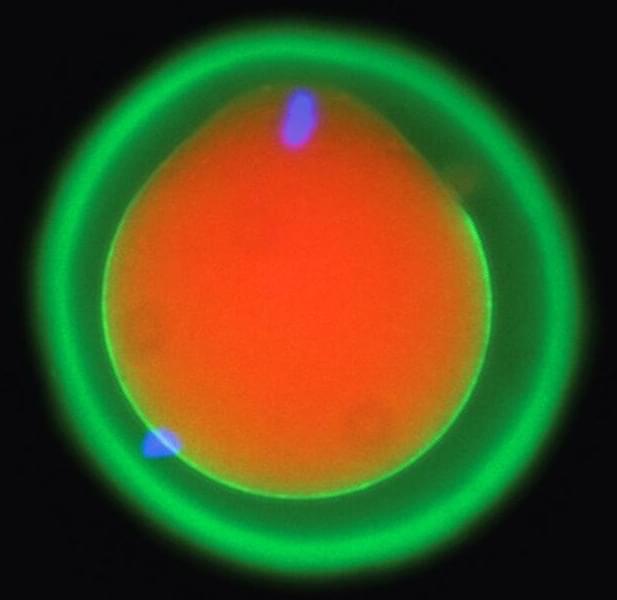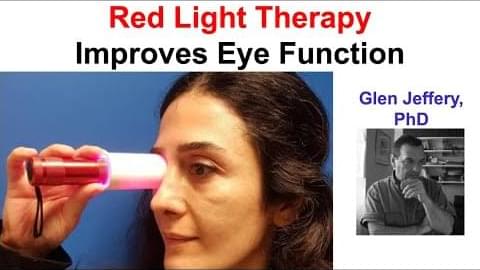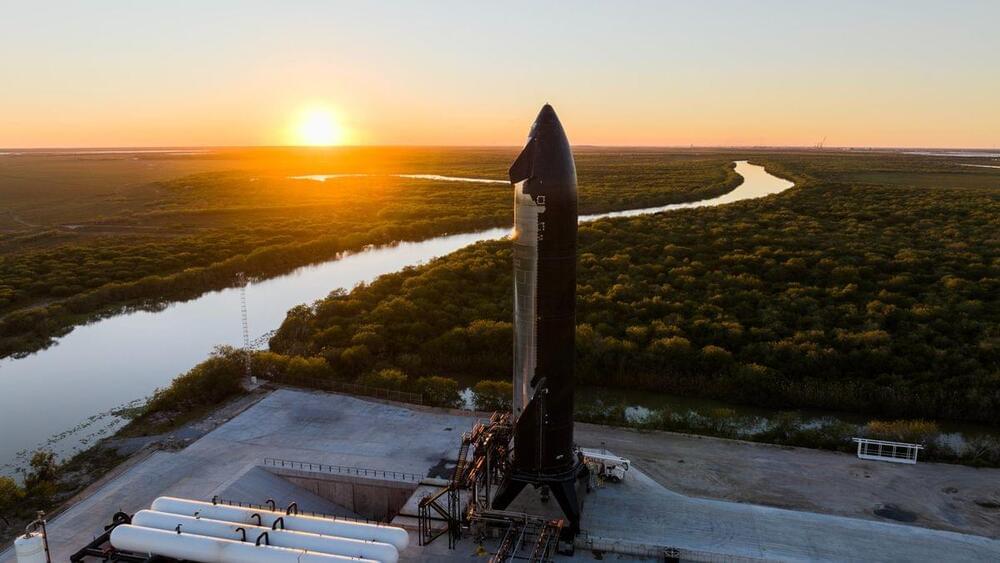Dec 18, 2024
New tongue-stimulating implant offers hope to millions with sleep apnoea in UK first
Posted by Shailesh Prasad in category: biotech/medical
The most common form – obstructive sleep apnoea – happens when the walls of the throat relax and narrow or close, with symptoms including choking noises, loud snoring and waking up a lot.
The three-hour procedure to fit Nyxoah’s Genio implant was carried out by medics at University College London Hospitals NHS foundation trust (UCLH) this month.
One of the two patients, Natalie Boller, 63, was feeling better within days and will return to the clinic to have the device activated in the coming weeks.


